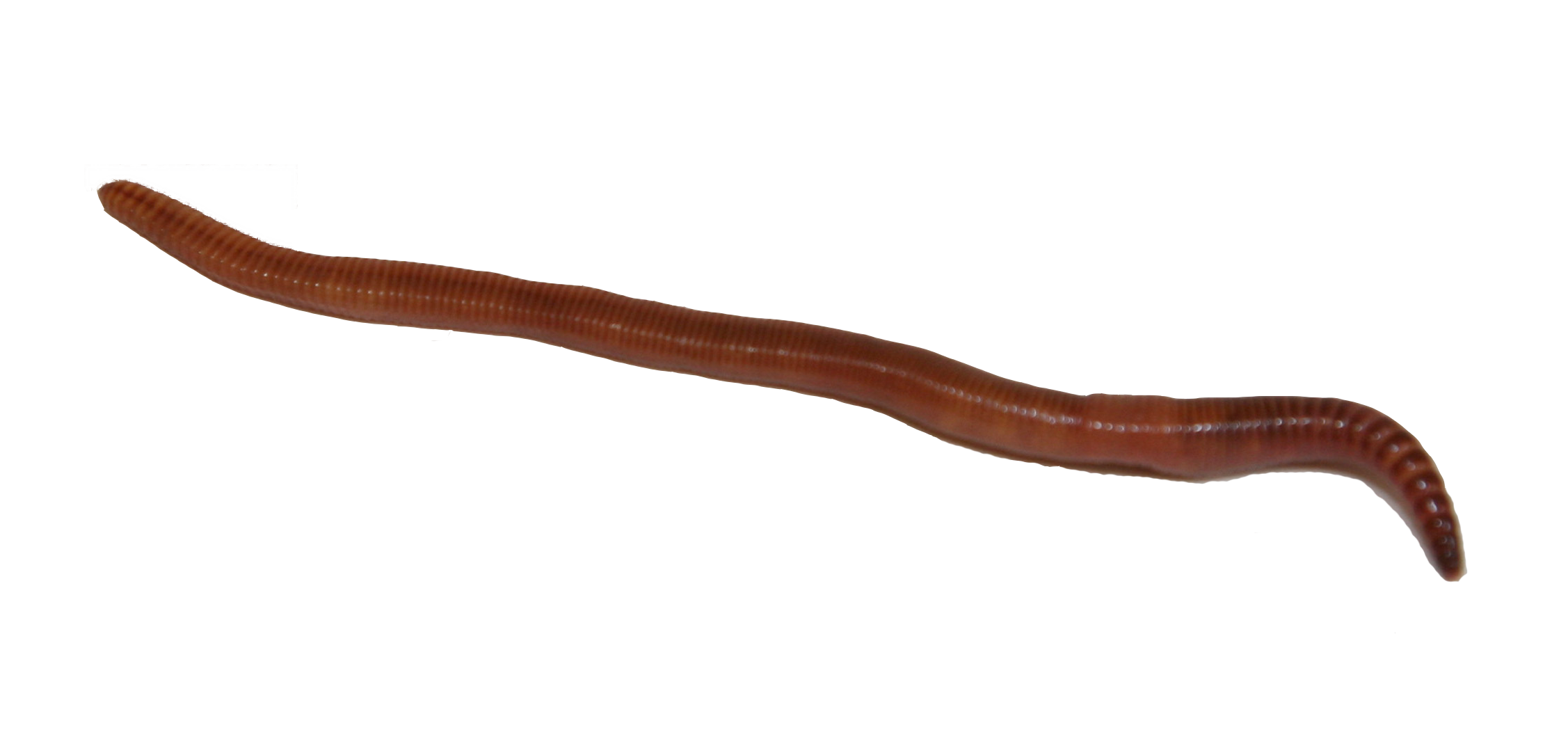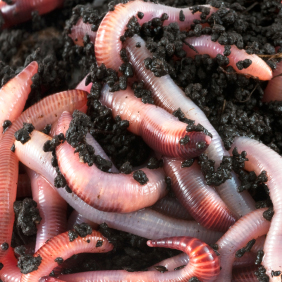Healthy red wigglers: Steps to start composting
Healthy red wigglers: Steps to start composting
Blog Article
Just How Red Wigglers Can Boost Your Organic Waste Recycling
Red wigglers represent a pivotal component in improving natural waste recycling, efficiently transforming everyday kitchen scraps and yard debris into useful worm castings. This procedure not just reduces the volume of waste sent to land fills yet likewise improves dirt vigor, promoting much healthier plant growth without the need for synthetic plant foods. Comprehending the complexities of establishing a vermicomposting system and the optimum treatment for these worms can substantially intensify the advantages. Yet, the inquiry stays: exactly how can one efficiently incorporate this method right into their regular to take full advantage of impact?

Benefits of Red Wigglers
Red wigglers, a type of composting earthworm, deal countless benefits that make them important in organic waste recycling. These worms can process kitchen scraps, yard waste, and even paper items, transforming them into nutrient-rich spreadings.
In addition, red wigglers boost dirt oygenation and water drainage with their tunneling tasks, advertising a much healthier origin environment for plants. Their castings are rich in valuable microorganisms and necessary nutrients, cultivating robust plant growth and boosting dirt framework (red wigglers). The usage of red wigglers in composting is an environmentally pleasant choice to chemical plant foods, which can have dangerous side impacts.
Furthermore, vermicomposting with red wigglers is a low-maintenance and efficient method of recycling organic waste, making it available for houses and areas alike. Their quick reproduction rate makes sure a steady supply for ongoing composting initiatives, further amplifying their benefits. In general, red wigglers function as a critical part in sustainable waste administration and dirt improvement techniques.
Setting Up a Vermicomposting System
Creating a reliable vermicomposting system needs careful preparation and consideration of various elements that add to its success. The structure of a successful system starts with selecting a suitable bin. Choices range from industrial bins to homemade choices, however it is important that the container is well-ventilated and appropriately sized to suit the number of red wigglers.
Next, the option of bedding product is crucial. Ideal bedding consists of shredded newspaper, cardboard, or coconut coir, which supplies both an environment and a resource of carbon for the worms. The bed linens must be dampened but not extremely wet to avoid anaerobic problems.
Maintaining the ideal setting is vital. Red wigglers flourish in temperatures in between 55 ° F and 77 ° F(13 ° C to 25 ° C )and need a pH degree around neutral. Keeping an eye on dampness degrees is also important, as way too much moisture can result in smell issues, while too little can dry out the worms.
Finally, positioning the vermicomposting system in a shaded location secured from direct sunshine will assist maintain a secure environment. With these considerations in mind, one can efficiently set up a thriving vermicomposting system that boosts natural waste recycling.
What to Feed Red Wigglers
Feeding red wigglers the right materials is fundamental to maintaining a healthy vermicomposting system. These worms flourish on a diverse diet plan mainly made up of organic issue, which consists of fruit and vegetable scraps, coffee premises, crushed eggshells, and shredded paper. It is important to stay clear of feeding them meat, dairy, oily foods, or any refined things, as these can develop odors, bring in bugs, and lead to a harmful atmosphere.
A balanced diet for red wigglers promotes optimal food digestion and nutrient production. Go for a mix of environment-friendly materials, high in nitrogen, such as vegetable peels and grass cuttings, and brownish products, abundant in carbon, like dried leaves and cardboard. This balance guarantees a lasting food resource while maintaining dampness degrees in the worm container.
Additionally, it is advisable to slice or shred bigger scraps to quicken disintegration and make the food extra obtainable to the worms. Regularly keeping track of the intake rate will assist identify the appropriate quantity to feed, preventing overfeeding and preserving a growing environment. By offering an ideal diet, you not just sustain the health of red wigglers however likewise improve the efficiency of your vermicomposting efforts.
Keeping Your Worm Container
To guarantee the wellness and efficiency of your vermicomposting system, maintaining your worm bin is vital. If it ends up being as well wet, excess dampness can lead to anaerobic problems, damaging your worms.
Severe temperature levels can worry or kill your worms. To accomplish this, position your bin in a climate-controlled atmosphere away from direct sunshine or warmth sources.
Carefully turning the bed linen with a yard fork every couple of weeks will assist aerate the material and avoid compaction - red wigglers. If this happens, reduce feeding and add even more carbon-rich products like shredded paper or cardboard.
(Lake James Worms)
Utilizing Worm Spreadings in Horticulture

Worm spreadings, frequently described as "black gold" by gardeners, are an extremely nourishing natural plant food that can substantially boost soil wellness and plant growth. These castings are created by red wigglers as they digest organic issue, resulting in a rich, dark, brittle compound bursting with valuable bacteria.
Integrating worm castings into garden soil improves its structure, aeration, and dampness retention, developing an optimum environment for root development. The high nutrient web content of worm castings, consisting of nitrogen, phosphorus, and potassium, adds to energetic plant growth and raised returns. Additionally, worm castings have vital trace minerals and enzymes that promote the total health and wellness of plants, click to read more allowing them to better withstand parasites and diseases.
Worm castings can be applied directly to the soil or blended right into potting mixes for container gardening. A thin layer spread over yard beds or contributed to compost heap can likewise enhance the microbial activity and nutrient profile of the garden compost. As a lasting and environment-friendly plant food option, worm spreadings support natural horticulture methods while minimizing reliance on artificial plant foods, thereby cultivating a healthier ecological community.
Final Thought
To conclude, the integration of red wigglers into natural waste reusing practices provides a viable service for boosting soil health and promoting sustainable horticulture methods. By efficiently decomposing cooking area scraps and garden waste, red wigglers add to nutrient-rich worm spreadings that boost dirt aeration and wetness retention. This environmentally friendly technique not just reduces land fill payments yet likewise diminishes the dependence on chemical plant foods, inevitably cultivating healthier ecological communities and responsible waste management techniques.
Report this page